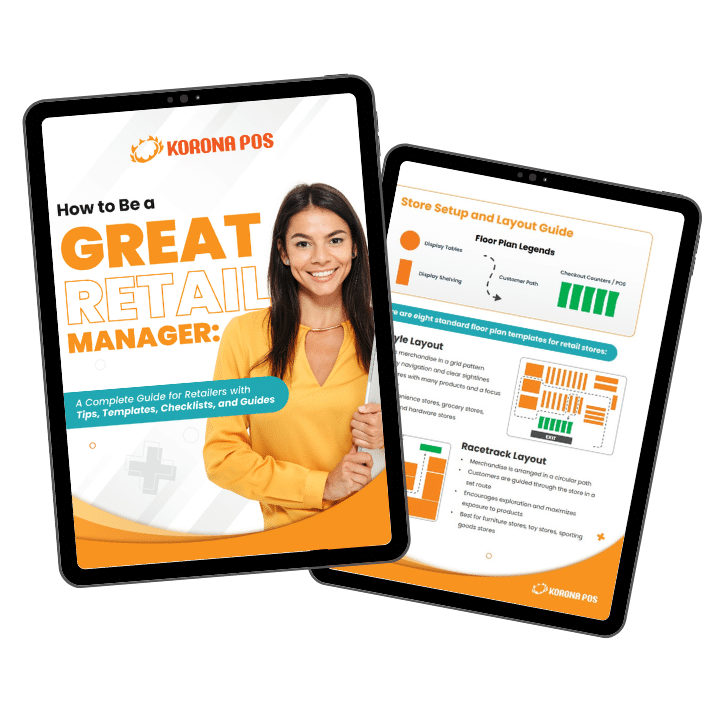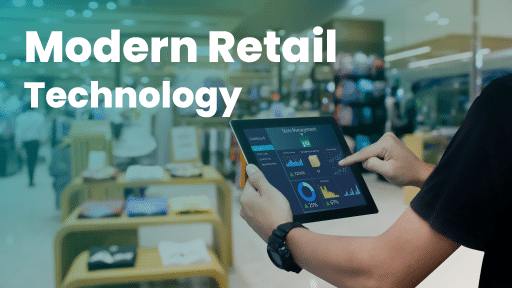One of the biggest challenges for any retail operation is finding ways to adapt to new retail technology. Not only is it harder than ever to keep up with how quickly the world around us is changing, but it’s also more important than ever. Competition is constantly increasing, and modern technology has leveled the playing field, eliminating some barriers to entry.
Fortunately, there are some ways that even small retailers can keep up with these tech innovations. This blog will cover a few areas that merchants should focus on and prioritize as they strive to adapt to an evolving world of commerce.
Personalize the Customer Experience
It’s more important than ever to give shoppers a personalized experience. In fact, 74% of them outright expect it. In order to do so, you first need to understand your customers’ preferences. Start by figuring out how you’ll track customer behavior.
Most retailers can see past purchases, but going more in-depth by understanding browser history, purchases at other retailers, and other behaviors can give you much more data.
Remember that personalization can come in many different ways. Think beyond product recommendations. It can also include customized experiences, automated emails, dynamic pricing, abandoned cart notifications, and personalized chatbots, to name a few.

Free printable templates and checklists to help you manage retail operations with ease.
Drive More Customer Engagement
Engagement is at the heart of each of these efforts. Increasing customer engagement will undoubtedly lead to more sales. It also spans both in-person and digital experiences.
For in-person engagement, think about interactive elements that you could add to the shopping experience. Typically, these will be eye-catching and exciting. Interactive displays, smart mirrors, and other augmented reality tools will drive more shoppers to spend time in your store and tell their friends about their experience. Apparel retailers have the most opportunity to take advantage of these trends.
Digital retailers have different opportunities available. Think about setting up surveys, quizzes, or games on your website. These can be great ways to gather consumer feedback and also get users to spend more time interacting with your brand. You can also set up more unique promotions and drive more engagement through value offers.
Improve Inventory Management and Efficiency
If your retail business is still manually counting its inventory, it’s time to stop. Modern inventory management systems make it more efficient, accurate, and timely to keep up with your inventory, supplier management, and product reporting.
Start looking into sales trends, product performance, promotion engagement, and more with real-time stock data. Many retailers are shifting to RFID tracking to make this even more efficient. Doing so saves retailers time on labor, reduces their waste, and increases customer satisfaction.
Inventory management headache?
KORONA POS makes stock control easy. Automate tasks and get a clear picture of your entire inventory.
Implementing a new inventory system might be tricky for some larger retailers. Luckily modern cloud POS systems make it easy. Some merchants have an in-house technology team of hire managed IT services for additional implementation assistance.
Check out our guide to the best inventory management systems out there.
Make More Data-Driven Decision
Understanding its shoppers allows retailers the luxury of making easy decisions. Armed with more data means any questions about product ordering, floor layout, promotions, product placement, pricing, and more can be made without the stress and headaches that historically came with such decisions.
Instead, find more balance between supply and demand, stay current with market trends, and lean on real data instead of gut feelings.
Use Enhanced Targeting
Consumers leave a bigger digital footprint than ever before. In this rapidly evolving landscape, regulations are always changing, so it’s important that retailers take advantage of any opportunities for more targeted marketing, So it’s important that retailers take advantage of any opportunities for more targeted marketing, such as marketing with POS systems.
Targeted marketing offers several cascading benefits, including increased customer engagement, increased ROI on marketing dollars spent, and additional investment opportunities.
Getting started with targeted marketing can be expensive. And some businesses may need to invest a good amount of money. There are several different ways that businesses can get involved, though: secure an SBA loan, use cash advances, get a Credibly business loan or other private loan, or find investors.
Implement Demand Forecasting
With more data and better targeting, retailers can then get better at demand forecasting. Such predictive analysis means that merchants can anticipate future trends and capitalize on new opportunities and trends before their competition does. In an ever-changing space, it’s critical to stay ahead of the curve.
Other Technology for Retail
An easy way to get started is by switching to a better point of sale solution. Your POS is at the center of all business operations. Getting a more powerful retail POS that gives you more data while automating more processes gives you back more time and money, allowing you to invest in other areas of your business.
To learn more with a free trial or to schedule a product demo, click below.












